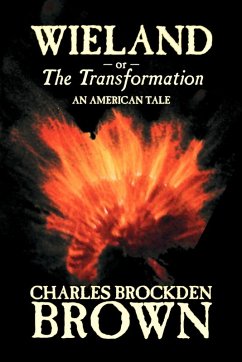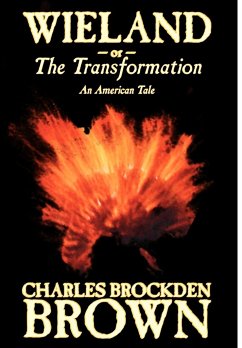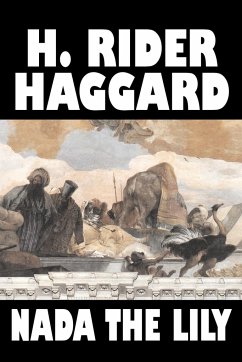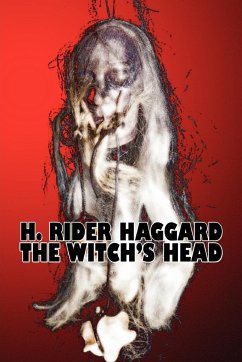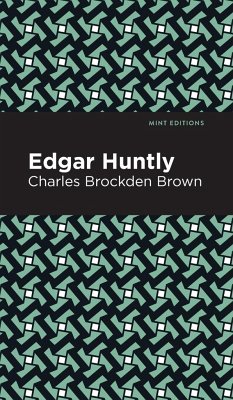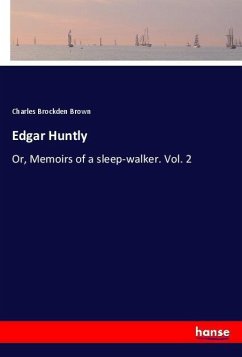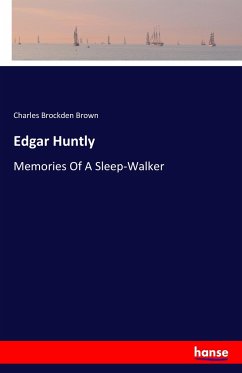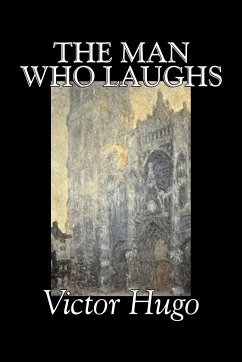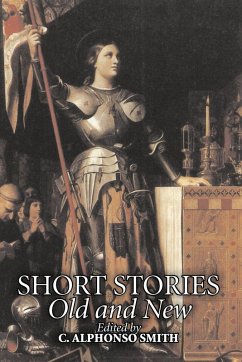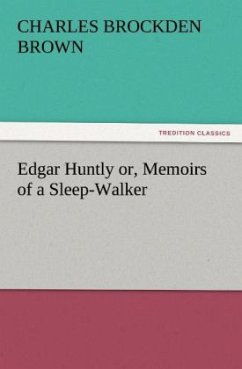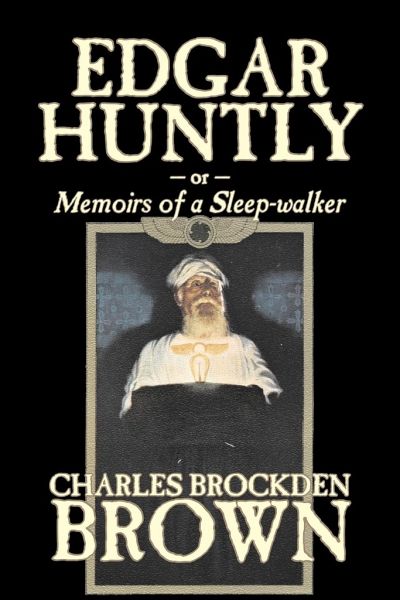
Edgar Huntly by Charles Brockden Brown, Fantasy, Historical, Literary
Versandkostenfrei!
Versandfertig in 1-2 Wochen
16,99 €
inkl. MwSt.

PAYBACK Punkte
8 °P sammeln!
In the bleak night, beneath the stretching limbs of the shadowy elm, a shot rings out -- and the hurrying Edgar Huntly arrives to find his friend Waldegrave insensate and bleeding on the ground. Who could have murdered such an honest, blameless man? Walking to his uncle's house on another gloomy night, Huntly succumbs to the impulse to revisit that fatal elm -- only to have the mystery around the murder deepen: for Huntly spies beneath the shadowed tree a robust, half-clad man digging in the earth -- and then falling to his knees and weeping! Themes include sleepwalking, morality and truth and...
In the bleak night, beneath the stretching limbs of the shadowy elm, a shot rings out -- and the hurrying Edgar Huntly arrives to find his friend Waldegrave insensate and bleeding on the ground. Who could have murdered such an honest, blameless man? Walking to his uncle's house on another gloomy night, Huntly succumbs to the impulse to revisit that fatal elm -- only to have the mystery around the murder deepen: for Huntly spies beneath the shadowed tree a robust, half-clad man digging in the earth -- and then falling to his knees and weeping! Themes include sleepwalking, morality and truth and Gothic fiction.



